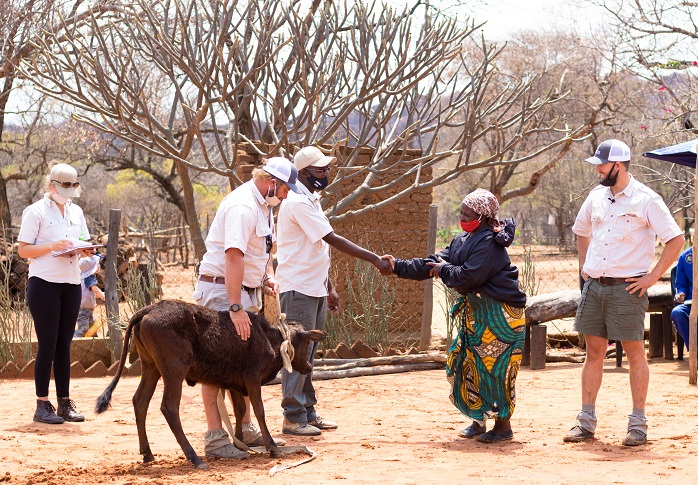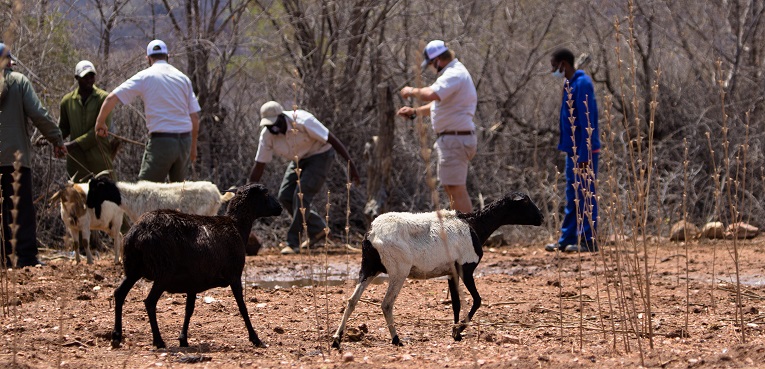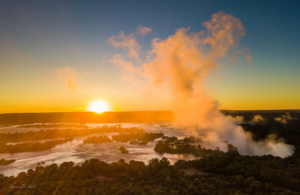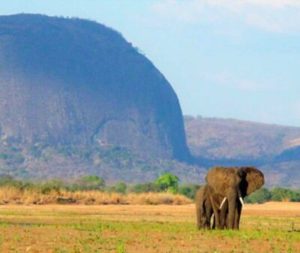If there is one positive outcome of COVID 19 it has been the sharp jolt of reality it is time we took responsibility for our actions on this the planet. For too long we have been the apex consumer, with little regard to the consequences.
It has been a time for reflection, and now we are seeing a shift in thought. We have taken an authoritarian approach to conservation. What we know now is, unless we engage and respect the communities that live with wildlife and have done for generations, we will continue to search for a sustainable solution to conservation.
Mangwe District is an area in the West of Zimbabwe between Bulawayo and the Botswana border. In order to protect the unique habitat of Mangwe, Isibaya aims to develop a wildlife conservancy in heart of the district to preserve and restore wildlife populations. However, before the proposed conservancy can succeed, the human-wildlife conflict within Mangwe needs to be addressed.
Mangwe District is significant to the history of Zimbabwe, home to the KhoiSan, whose paintings tell their stories on the caves nestled amongst the rocky outcrops, and the original wagon routes used by the settlers en-route to Bulawayo. Present-day Mangwe District consists of cattle and grain subsistence farms, with a scattering of commercial cattle ranches.
The farms border this area, and whilst they are not part of the Conservancy, they form an immediate buffer. What happens in these neighbouring communities will affect the conservancy, as much as the developments within the conservancy will impact the surrounding farms. It is important to identify and act on potential areas of mutual benefit, including disease control, livestock management, disease control, maintenance of fencing, anti-poaching and management of shared resources such as water.
Livestock plays an integral role in the livelihood of many Africans; cattle, goats and sheep, in particular, are an important source of food, a status of wealth, as well as a pivotal element of the traditional cultures. All farmers in this area, regardless of the size of their operation, suffer from livestock loss from predation by both leopard and spotted hyena. In this battle farmers resort to the use of poison, snares and gin traps. All of these methods are indiscriminate and have a greater ripple effect other species. Poisoning especially has the capacity to detrimentally affect the entire foodchain, including vultures and birds of prey.
Many believe the answer lies in education. While education is an important aspect to effecting any change in the world, alone it is simply not enough in areas where the population is barely eking out a daily living. These communities on the front line of conservation will remain unreceptive to change unless there is a tangible reward for living with wildlife.
Isibaya’s solution is to build a livestock “bank”, used to replace stock lost to predation. The project is built around “ISIBAYA”, which is Ndebele for a kraal or cattle pen. By maintaining the “wellness” of the farmer’s kraal and replacing animals lost, the leopard is protected.
The Isibaya team is collecting valuable data on the leopard population to better understand the relationship between predators and livestock, by setting up camera traps at kills to study the leopard responsible, identifying it by their unique spot patterns. From this they can record sightings, number and locations of kills, interaction with other leopards, if a female has cubs and other essential information to build a picture of this secretive creature’s life.
Isibaya have learnt through their studies that darting and relocating animals is not a solution, as problem animals can and do come back. The substantial funds used to relocate animals is better spent replacing the farmers livestock and ensuring they have the means to protect their animals.
The unfortunate reality is that farm livestock is a much easier and prevalent source of food than game, especially if it is a female with cubs, under pressure to provide nourishment at minimal energy expenditure and time away, leaving the cubs unprotected. If plains game is readily available, livestock are better protected, then the predators should return to their natural hunting practices. Isibaya will be studying the behavioural patterns going forward
In the meantime, the Isibaya team is building the replacement herd with local herdsmen monitoring the cattle, together with one of the founder members of Isibaya who has extensive experience in the intricacies of commercial cattle ventures.
Human wildlife conflict remains one of the most pressing issues in the conservation world. Finding a mutually beneficial, sustainable solution in these marginal areas remains a priority of the ZCA and its partners. The information from operators like Isibaya can be disseminated to help projects in other areas throughout Zambesia, protecting habitat, wildlife and communities.
